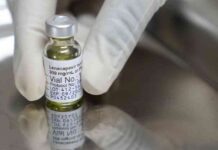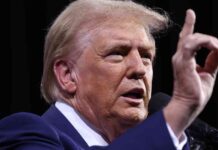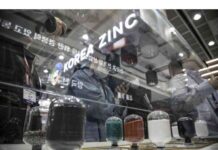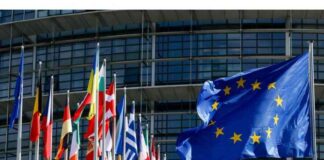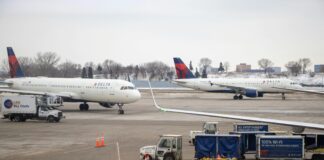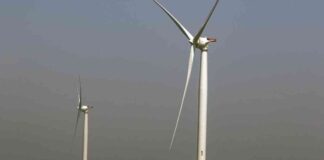Made in… Where?
Ever wondered what actually counts as a Chinese product in the current day and age? NPR’s Planet Money sheds light on the convoluted rules that determine the label of “country of origin” or “Made in China.”
Steve Inskeep, host of the show, pointed out that the highest tariffs imposed by the United States are on products made in China. This has led companies to ponder – what exactly qualifies as made in China? Jeff Guo from NPR’s Planet Money podcast delves into this complex issue, highlighting that while the question seems straightforward, the answer is anything but simple.
Imagine you run a company that produces sticky notes. You source paper from Japan or Indonesia and glue from Taiwan. In China, workers cut the paper, apply the glue, and voila – you have sticky notes. Now, the burning question is – where do these sticky notes originate from officially?
Maureen Thorson, an international trade lawyer, reveals that U.S. law takes a unique approach to determining the country of origin. She often surprises companies when explaining the intricate workings behind it all. According to U.S. law, a product’s country of origin is based on where its parts or ingredients underwent a substantial transformation. This concept of substantial transformation dictates whether a product is considered Chinese or not.
For instance, if a company takes avocados from Mexico to China and transforms them into guacamole, Customs would deem the guacamole as a product of China. However, not every scenario is as straightforward. As supply chains have evolved over time, the complexity of determining a product’s origin has increased, leaving both courts and customs officials in a quandary.
Larry Friedman, a seasoned trade lawyer, explains that the rule now stipulates that simple assembly may not suffice as a substantial transformation. This heightened standard has added to the confusion surrounding the country of origin for various products.
Returning to the sticky note example, which was a real case scrutinized by customs a few years ago, it was decided that the final step in China, where the paper and glue were combined, did not constitute a substantial transformation. Therefore, those sticky notes were not considered products of China.
Thorson emphasizes the importance of the essence of a product in determining its origin. In the case of sticky notes, Customs reasoned that since they are primarily paper-based, the country where the paper was made (Japan or Indonesia) serves as their origin. Companies are now exploring ways to modify their manufacturing processes to avoid the “Made in China” label, sometimes by sourcing key components from other countries.
Not really sure why this matters, but it seems that the essence of a product plays a pivotal role in its country of origin designation. Customs authorities are increasingly focused on what truly defines a product, leading to intricate analyses of manufacturing processes and supply chains.
Maybe it’s just me, but I feel like the rules governing country of origin are becoming more convoluted as manufacturing processes grow more intricate. With the rise of global supply chains, determining where a product truly originates from has become a challenging task for companies and authorities alike.
To delve deeper into the meanings behind labels like “Made in China” and “Made in USA,” check out the latest episode of Planet Money.
Copyright © 2025 NPR. All rights reserved. Visit our website terms of use and permissions pages at www.npr.org for further information.
Accuracy and availability of NPR transcripts may vary. Transcript text may be revised to correct errors or match updates to audio. Audio on npr.org may be edited after its original broadcast or publication. The authoritative record of NPR’s programming is the audio record.






